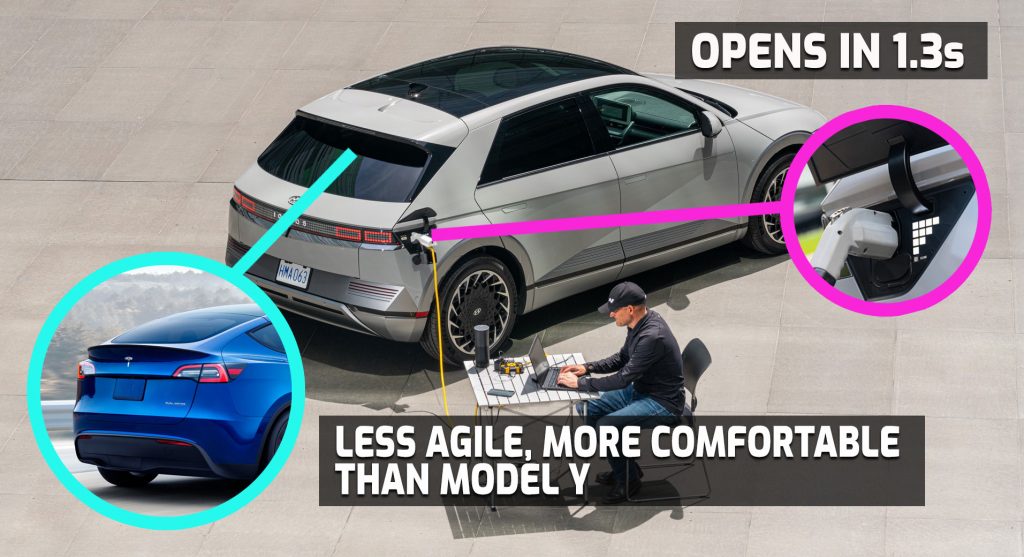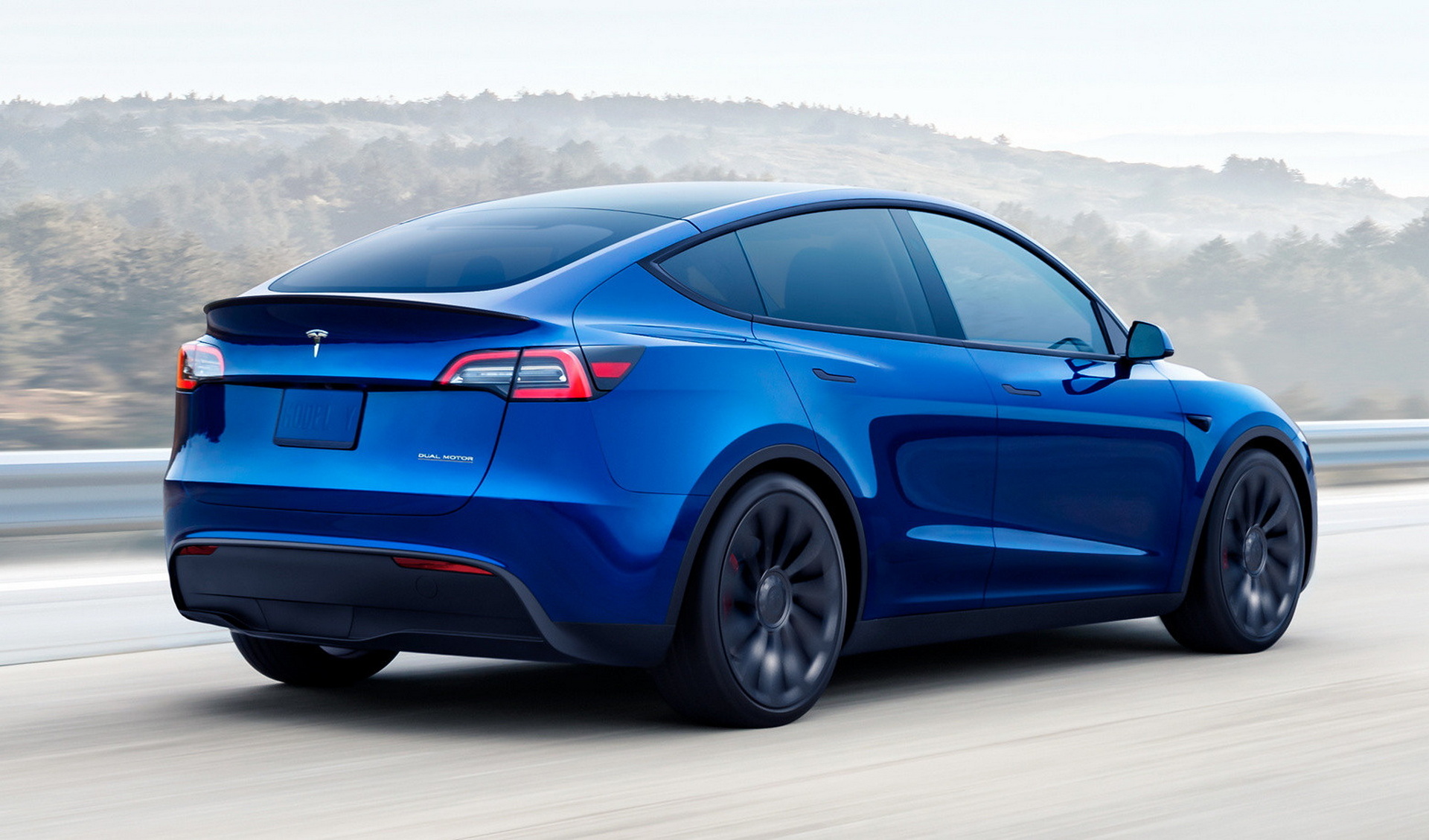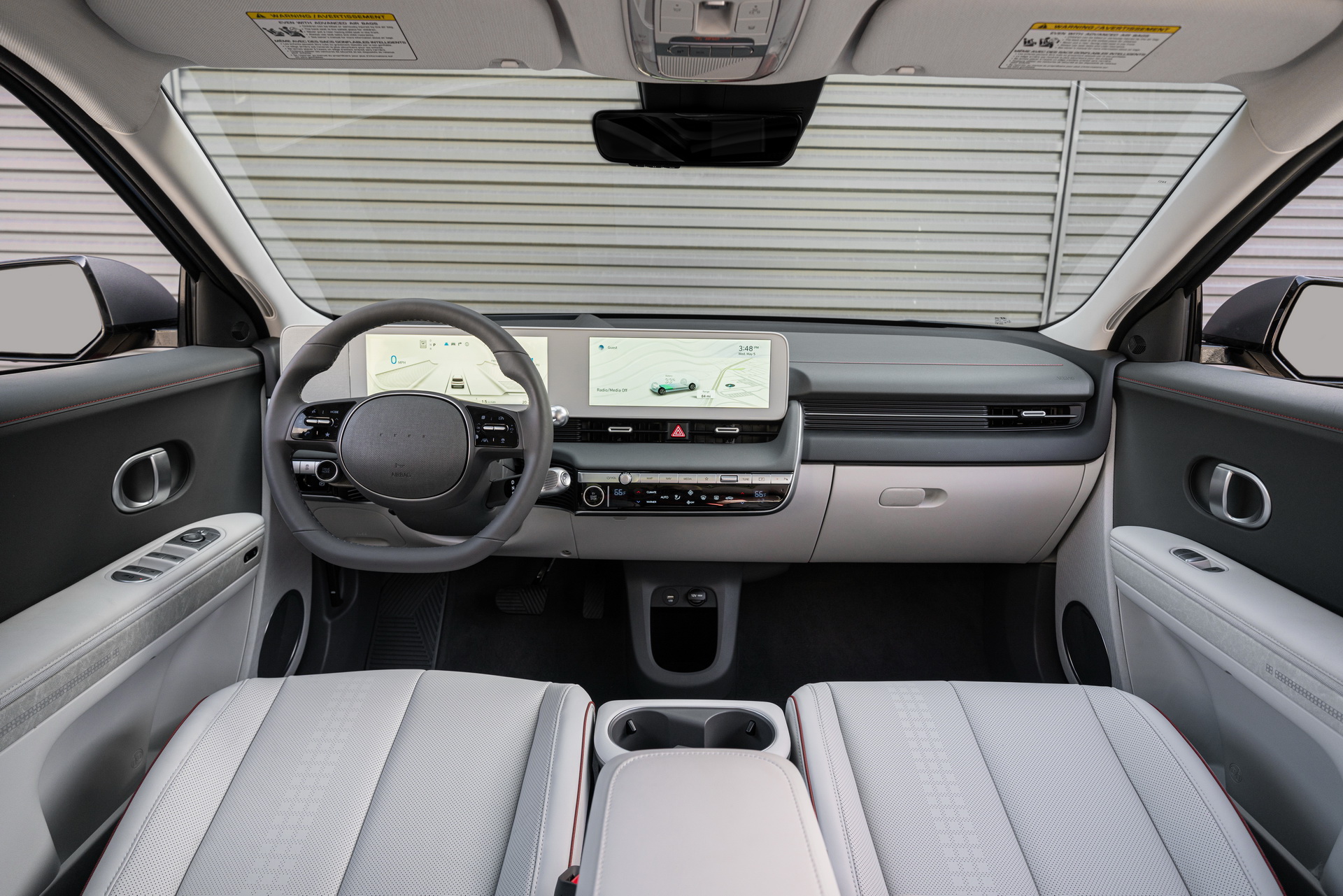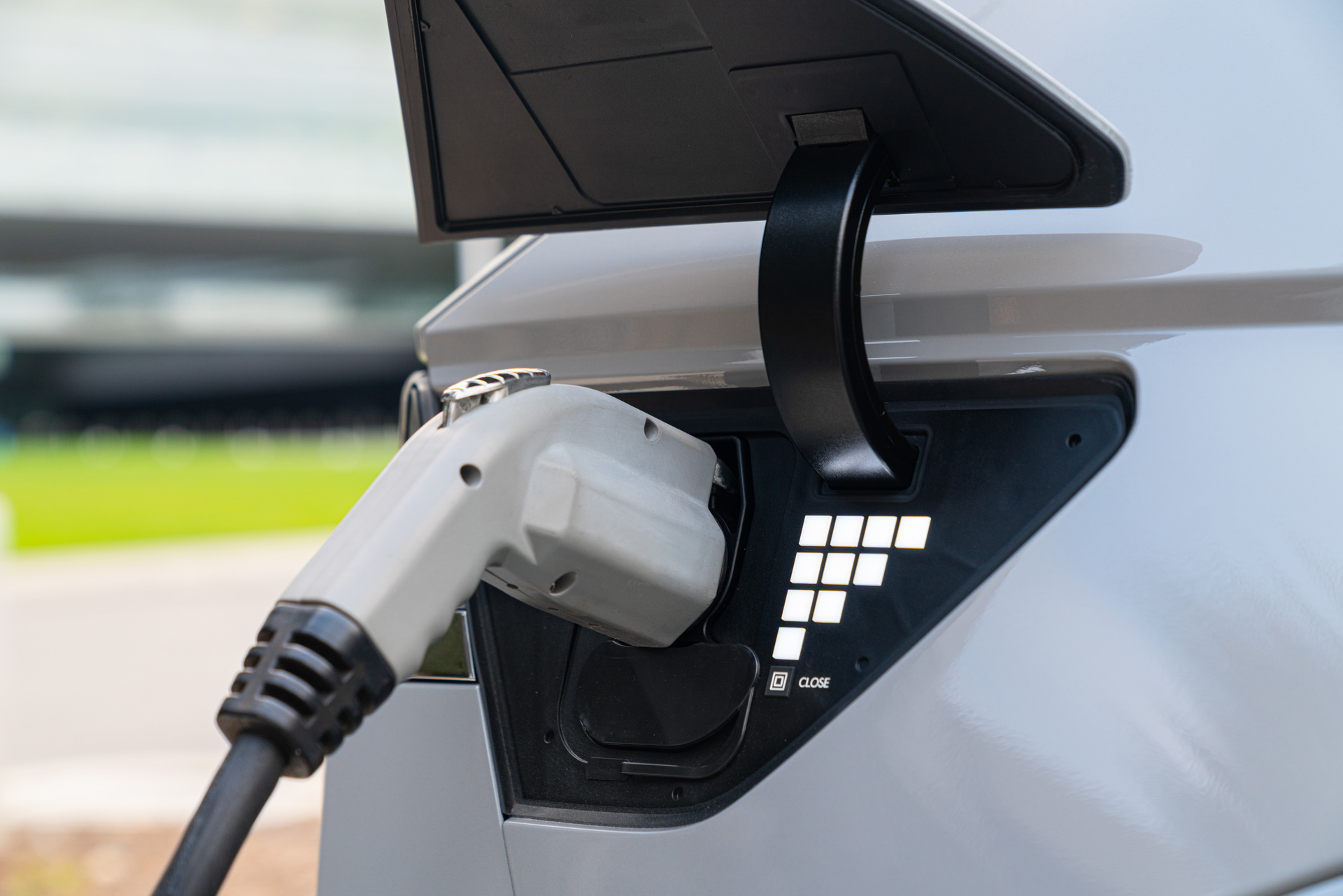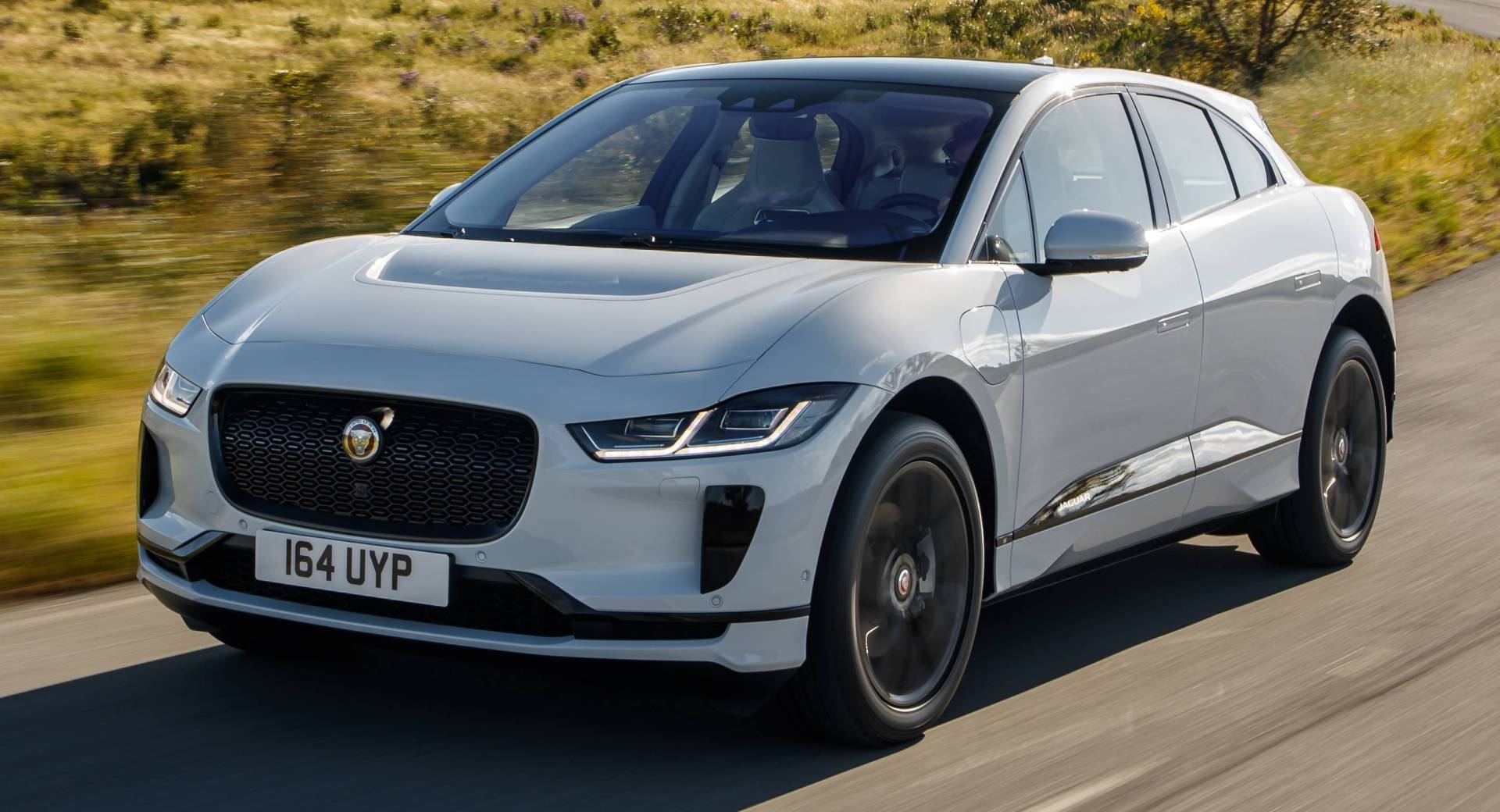Hyundai’s Ioniq 5 EV is a fascinating car for many reasons. It’s the company’s first genuinely premium electric car, it comes with fancy 800-volt charging tech for blazing-fast battery top-ups, and it just looks so damned cool.
But there’s more to it than that. A couple of weeks back we wrote how Hyundai had drawn on NASA research into the human body’s neutral posture in zero gravity situations to design the lay-back position of its seats when fully reclined, something we discovered while trawling through an internal Hyundai document.
Read: Hyundai Ioniq 5’s Lazy Boy Seats Were Based On NASA’s Zero-Gravity Posture Shuttle Research
And now that same doc has give us another five weird facts you almost certainly don’t know about the Hyundai Ioniq 5.
1. Hyundai expects buyers to have a household income of $130-160k
Though Hyundai hasn’t confirmed how much the Ioniq 5 will cost in the US, we think it will start from around $40,000. But Hyundai expects its customers to be bringing a heap more bread home than that every year.
According to Hyundai documents we’ve seen, the Ioniq 5 is targeting young couples and newlyweds, plus young families with one child. It says these ‘ambitious active progressives’ are likely to be in their late 30s and be earning between $130-160,000 each year. So much for Hyundai being a budget brand.
Still, if you’re not hitting $130k (as a household), you could always use the car as a mobile generator and set up a hot dog stand in your office car park during lunch breaks to make a few extra bucks.
2. It’s Designed To Be Less Fun Than A Tesla Model Y
We’re still waiting for journalists to give us a back-to-back comparison between the Ioniq 5 and a Tesla Model Y, but when it happens, don’t be surprised to see the Tesla hailed as the driver’s choice.
According to Hyundai data we’ve seen, the company’s own engineers rate the Model Y as significantly more agile, but at a huge cost to ride comfort. They also suggest the 5 is almost as quiet (inside) as a Jaguar I-Pace, and much quieter than a Model Y. Hyundai’s customer research suggested that ride comfort was the second most important trait after powertrain response that buyers look for in the way a car drives.
3. The Long Range AWD Version Works Like A RWD Car In Eco Mode
The Ioniq 5 comes in two flavors for the US: a Long Range RWD with a single 225 hp motor driving the rear wheels, or a Long Range AWD, which adds a second motor powering the front axle for a total of 320 hp. Both gets the same 77.4 kWh battery, rather than the 72 kWh pack fitted in Europe.
But if you’re thinking of buying an AWD version and planning on driving everywhere in Eco mode, you might as well downgrade to the RWD car. If we’ve understood Hyundai’s charts correctly, in Eco mode the AWD car pulls off the line using both motors, then switches to single-motor, rear-wheel drive mode, and sticks with it, no matter how hard you clog the right pedal.
In Comfort mode, it applies the same logic, but brings the front motor into play at higher speeds or when you press the gas pedal hard.
4. The Charging Door Opens 0.2-Seconds Faster Than A Tesla Model 3’s
Here’s a stat the shows just how nerdy carmakers get comparing their cars with the competition. Even Car & Driver doesn’t measure charging door opening times, but we know from Hyundai’s data that the 5’s opens in 1.3 seconds, compared with 1.5 seconds for the Tesla Model 3.
5. Jaguar’s I-Pace Launches Like A 1960s Muscle Car Compared With The Ioniq 5 (And We Don’t Just Mean Fast)
Here’s another bunch of nerdy stats we found in Hyundai’s files. Under hard acceleration the Jaguar I-Pace exhibits 81mm of nose lift according to Hyundai’s engineer’s – which probably won’t go down well in North Carolina, which has recently banned the strange trend for ‘squatting’ trucks and SUVs.
Telsa’s Model 3 showed 67mm on nose lift, says Hyundai, while the Ioniq 5 stayed fairly level, its nose only tilting by 45mm.








